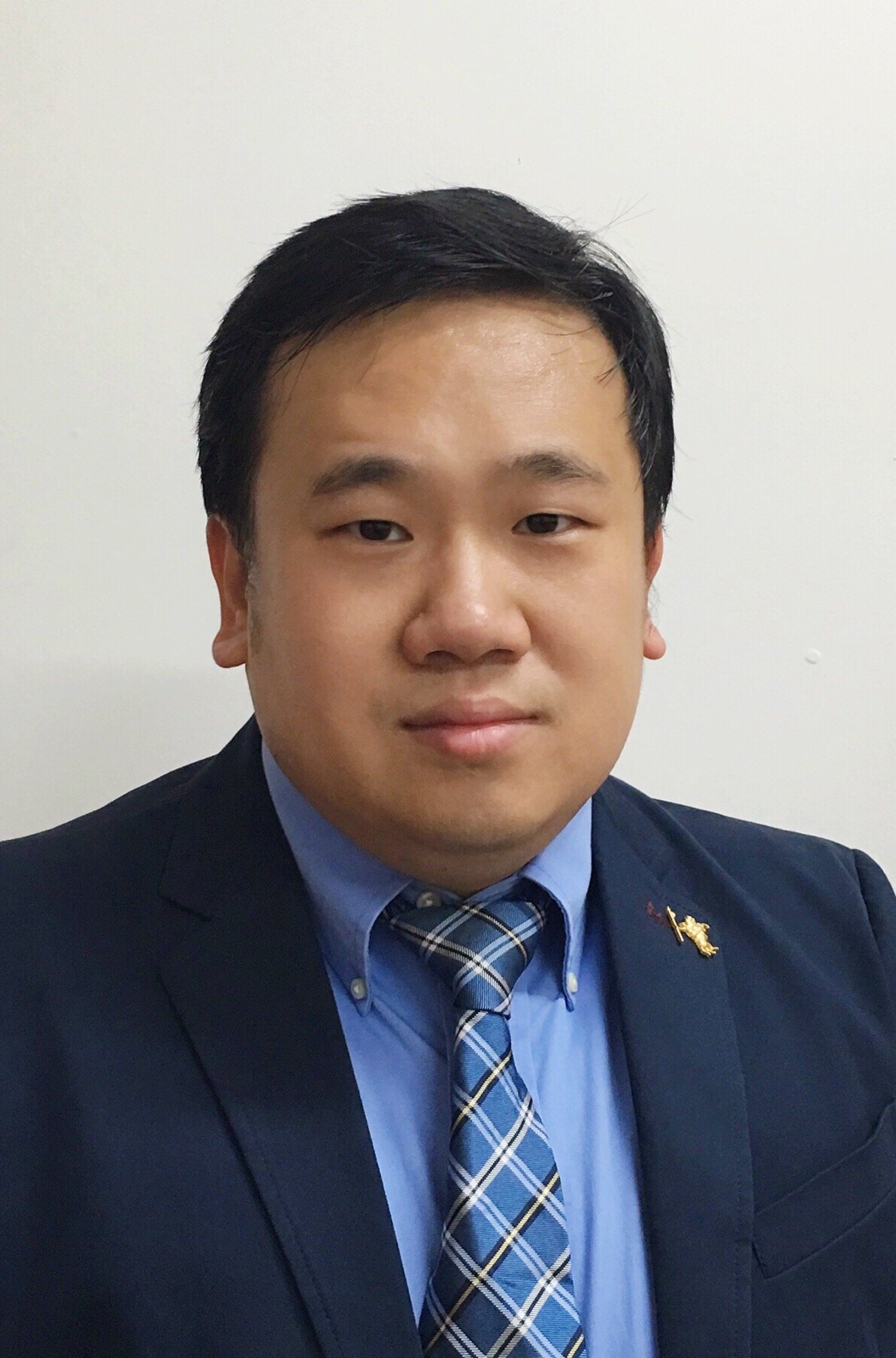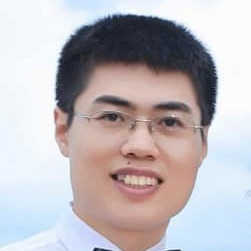Advances in Piezoelectric Sensors, Transducers and Harvesters
A special issue of Micromachines (ISSN 2072-666X). This special issue belongs to the section "A:Physics".
Deadline for manuscript submissions: closed (28 February 2022) | Viewed by 23662
Special Issue Editors
Interests: piezoelectric composites for sensors and transducers; dielectric composites for energy storage; conducting composites for multifunctional applications; flexible/stretchable electronics
Special Issues, Collections and Topics in MDPI journals
Interests: piezoelectric devices; ultrasonic transducers; acoustic metamaterials; acoustic tweezers
Special Issues, Collections and Topics in MDPI journals
Interests: energy harvesting; 3D printing; bioinspired structures; multifunctional composites; wearable sensors
Special Issues, Collections and Topics in MDPI journals
Interests: piezoelectric ultrasound transducers; multi-frequency ultrasound transducers; optical ultrasound sensing; biomedical ultrasound imaging and therapy; quantitative ultrasound for intelligent diagnosis
Special Issues, Collections and Topics in MDPI journals
Interests: photoacoustic imaging; dermatology; molecular probe; drug delivery system; immunotherapy
Special Issues, Collections and Topics in MDPI journals
Special Issue Information
Dear Colleagues,
Recent advances in materials science, mechanical engineering, and electronic technology enable the realization of high-performance piezoelectric devices and systems in a variety of formats for a wide range of applications such as healthcare monitoring, non-destructive testing, energy harvesting, medical sensing, and imaging. Applied piezoelectric materials include bulk ceramics, thin films, single crystals, polymers, and composites, among others. Different types of piezoelectric materials are used in various devices, including transducers, sensors, actuators, and harvesters. The development of piezoelectric materials and devices necessitates the collaboration of researchers from various disciplines to examine their designs, modeling, structures, fabrications, characterization, integration, dependability, and applications. Electromechanical application innovations continue to be the driving force behind the development of new piezoelectric materials and devices. In this Special Issue, the current state of this exciting research field will be presented, covering a wide range of topics, including but not limited to:
- New piezoelectric materials: ceramics, thin film, single crystals, polymers, composites, 2-D materials, etc.;
- Piezoelectric devices: sensors, actuators, transducers, energy harvesters, nanogenerators, piezotronics, flexible/stretchable devices, integrated systems;
- Piezoelectric device fabrication: design, modeling, simulation, manufacturing, 3D printing, characterization, packaging, system integration;
- Piezoelectric applications: non-destructive testing, acoustic arrays and holograms, metamaterials, energy harvesting, medical imaging, soft robotics, wearable sensors, biomedical and healthcare applications.
Dr. Lin Zhang
Dr. Chunlong Fei
Dr. Yang Yang
Dr. Jianguo Ma
Dr. Zeyu Chen
Guest Editors
Manuscript Submission Information
Manuscripts should be submitted online at www.mdpi.com by registering and logging in to this website. Once you are registered, click here to go to the submission form. Manuscripts can be submitted until the deadline. All submissions that pass pre-check are peer-reviewed. Accepted papers will be published continuously in the journal (as soon as accepted) and will be listed together on the special issue website. Research articles, review articles as well as short communications are invited. For planned papers, a title and short abstract (about 100 words) can be sent to the Editorial Office for announcement on this website.
Submitted manuscripts should not have been published previously, nor be under consideration for publication elsewhere (except conference proceedings papers). All manuscripts are thoroughly refereed through a single-blind peer-review process. A guide for authors and other relevant information for submission of manuscripts is available on the Instructions for Authors page. Micromachines is an international peer-reviewed open access monthly journal published by MDPI.
Please visit the Instructions for Authors page before submitting a manuscript. The Article Processing Charge (APC) for publication in this open access journal is 2600 CHF (Swiss Francs). Submitted papers should be well formatted and use good English. Authors may use MDPI's English editing service prior to publication or during author revisions.
Keywords
- piezoelectric sensors
- piezoelectric actuators
- piezoelectric transducers
- piezoelectric energy harvesting
- nanogenerators
- acoustic devices
- ultrasound imaging
- flexible electronics
- biosensing
- micro- and nano-manufacturing
- additive manufacturing
- NDT and structure health monitoring
- smart systems










